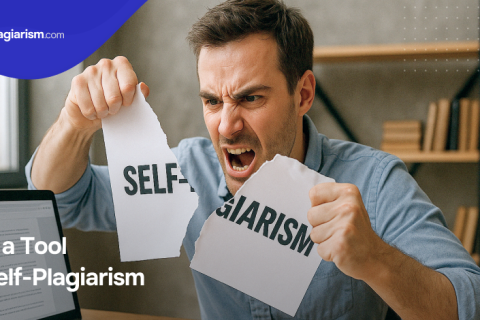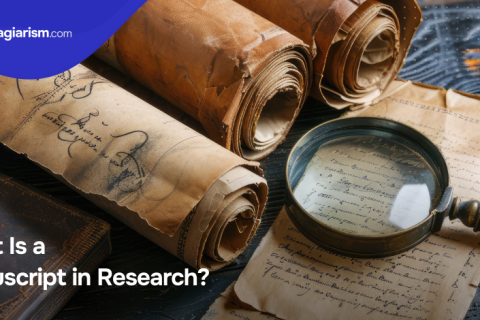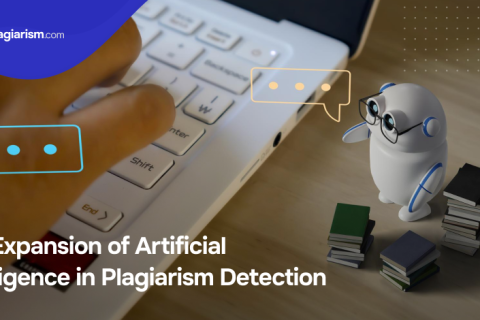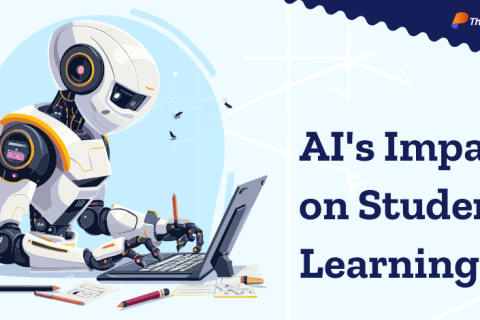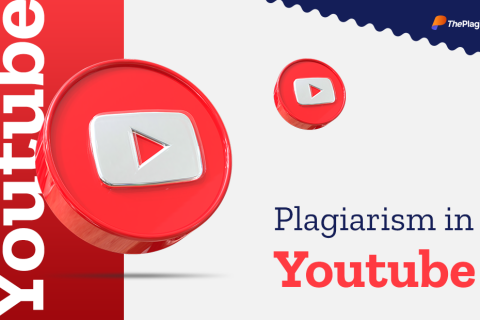Effective Ways of Detecting Plagiarism for Teachers
14 May 2018
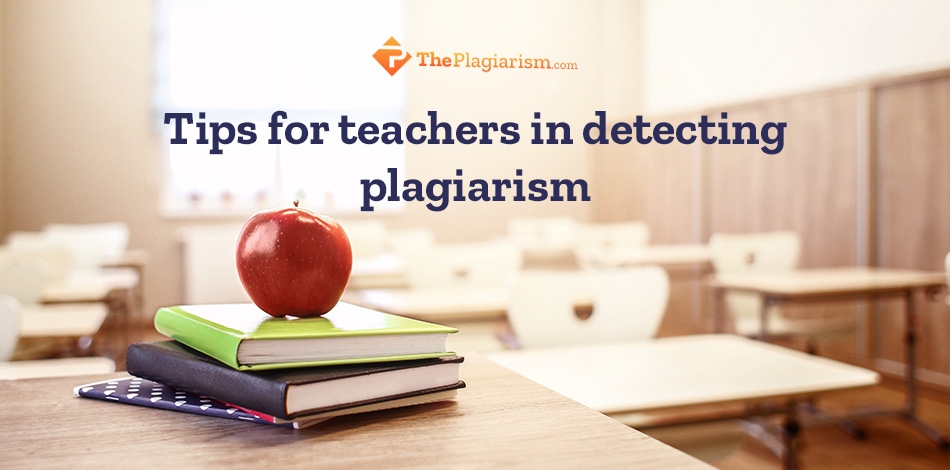
Tips for Teachers in Detecting Plagiarism
Deciphering plagiarism
Teachers are constantly befuddled trying to detect plagiarism in students' works. Traditionally, a plagiarized text has some specific features that can help to detect stolen ideas. These may involve applying inconsistent writing styles throughout one paper, using peculiar repetitions, more eloquent words and refreshing thoughts than a particular student is capable of, etc.
The presence of these features may indicate in what paper the author committed plagiarism. Afterwards, some special ways of detecting plagiarism may come in handy. In this stage, meeting with the student to verify his/her knowledge of the subject discussed in the paper may be helpful. Remember that gadgets can provide help, too. For instance, by means of Google, you can check unusual turn of phrase from a student’s paper and then detect whether the extract was plagiarized from the Internet resources. One of the most efficient ways of detecting plagiarism is using Turnitin.com (pdf). By means of this tool, you upload papers and submit them to the automatic process that detects similarities between the submitted paper and other well-known ones.
Accusing of plagiarism
In Carnegie Mellon’s Eberly Center for Teaching Excellence and the Office of the Dean of Student Affairs, plagiarism is frowned upon. In the document "Cheating and Plagiarism on the Rise?" it was said that the overwhelming majority of instructors who face plagiarism and cheating traditionally talk to the students and impose an appropriate penalty. Moreover, an instructor must send an email to the student explaining the violation and the penalty that was imposed. It is also essential to warn that another infraction will force the university authority to take actions. Sending this correspondence to the Department Head, Dean, and the Dean of Student Affairs will give the University an opportunity to observe the demeanor of every student across courses and then easily identify offenders. There is every likelihood that a student who commits plagiarism or cheats in one course will do the same in another one. If this is the student’s first violation, it will not go further, unless the student appeals. If the student makes an appeal, or if it is a recurrent violation, it will be reviewed by Academic Review Board.
The Academic Review Board (ARB) is comprised of three faculty members/administrators and two students. The ARB considers the case and conducts the hearing which the student will be asked to attend. In the main, the faculty members who have gone before the ARB have been pleased with process and results.
The university supports the faculty that reports incidents of cheating and plagiarism. Just for the record, in the past decade, in almost every cases that students appealed, the ARB ratified the action taken by faculty members together, imposing an additional penalty for a flagrant or recurrent offense. Admittedly, the ARB takes into account the faculty members' opinion when reviewing penalties in certain cases.
Detecting plagiarism tips
Be especially attentive to the following:
- Strange format of the paper: extraordinary fonts, changes in the margins, peculiar spacing, etc.
- Writing style alterations like the use of stilted or formal language, complex sentence structures, or switching tenses.
- The use of unexpected words.
- The signs that may prove that the work was written some time ago (obvious anachronisms or the absence of a mention of nowadays events).
- Printed off the Internet, with a web address showing.
What to do if you have suspicions of plagiarism?
As a rule, it is simpler to identify online plagiarism than outdated copying from a print source. Here are presented some sources that will be helpful in tracing online plagiarism. While using these sources, choose the most eye-catching and unique phrases from the work (the most stylized or ridiculous). Make sure you search within the whole article context rather than just a quotation or passage from it. Remember also that writing introductions and conclusions always causes difficulties for students. Thus, there is every likelihood that they will plagiarize them.
The sources for detecting online plagiarism:
- Search Engines (check free sites on the Internet such as Google, Bing, etc.).
- Well-known websites like Washington Post, CNN, MSNBC, ESPN.
- Well-liked databases for reading journals, magazine, and newspaper articles.
- Term Paper Mills (to some extent, they are free of charge for browsing).
- There are also commercial services that can help detect plagiarism in students' papers. The most prominent of them are Turnitin.com, EVE (Essay Verification Engine), and Glatt Plagiarism Services.

